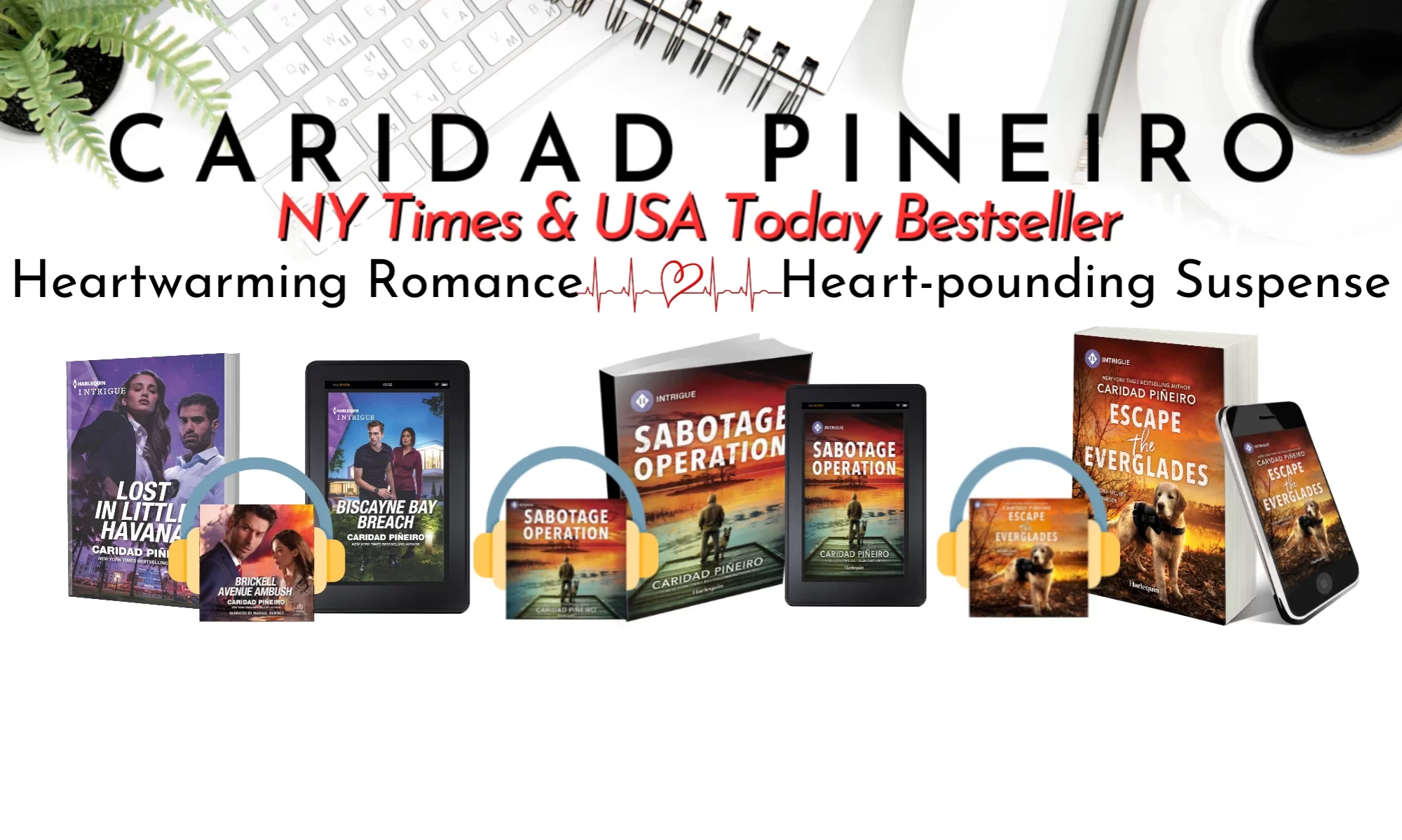One of the things that has been coming up often on the ARE YOU STRONG ENOUGH blog tour are questions about how I get the inspirations for the books that I write.
Which makes me vaguely remember a quote somewhere about writers being able to talk to themselves without being labeled crazy (or at least not at first) and some very popular writer kinds of T-shirt quotes, such as:
- Watch out or you’ll end up in my novel.
I kill off my enemies in my book. You’re on page 12.
Truthfully, those quotes are accurate. For example, a very nice waiter was the inspiration for the Ryder name. Roman mythology helped create Ryder’s lover, Diana. I confess to killing off at least one person who truly pissed me off in very gruesome fashion. Last, but not least, the names of friends and family have graced characters that I like, sometimes more than once.
But beyond that, where the ideas originate is difficult to say, although it is safe to say that a writer’s mind never stops observing and recording those things around them in order to use those observations in a story. Whether it’s a meal that you savor or where you eat it, a walk along a street with a different vibe, a new city that you visit… Any and all of those life experiences may germinate the kernel of an idea that takes root and grows into a story.
 Take STRONGER THAN SIN for instance. You may have heard me mention on other blogs that the idea for the genetic engineering came about as a result of my science major geekdom. But my love of sports was what influenced the hero’s occupation. Rather than choosing baseball, which is more a game of physics and strategy, I needed the hero to suffer serious physical injury in a bone-crushing collision. Bazinga-he had to be a football player. Someone big and powerful cut down in the prime of his life.
Take STRONGER THAN SIN for instance. You may have heard me mention on other blogs that the idea for the genetic engineering came about as a result of my science major geekdom. But my love of sports was what influenced the hero’s occupation. Rather than choosing baseball, which is more a game of physics and strategy, I needed the hero to suffer serious physical injury in a bone-crushing collision. Bazinga-he had to be a football player. Someone big and powerful cut down in the prime of his life.
Enter the heroine who I had already introduced in SINS OF THE FLESH, but who I came to love and needed her own big story. Was it coincidence that she was a doctor in book one? No because I needed someone who could offer medical assistance on the sly in that book. Was it coincidence that she was training to be an orthopedic surgeon? Not really either since I knew even then the second story was going to be about someone with a bone disease and I also had a friend with that profession who I could ask questions about treatments, etc.
My life experiences and influences eventually led to ex-football player Jesse Bradford and Dr. Liliana Carrera and their story.
Other life experiences, namely my love of history and travel, are what helped set up the evolution of the SINS series for books 3 and 4 – THE LOST and THE CLAIMED as well as the two books coming out from Carina – AZTEC GOLD and THE FIFTH KINGDOM. Although I’m a little crazed right now with trying to finish THE CLAIMED, I’m going to dig through some photos and get them scanned so you can see what inspired some of the story elements and locations that I chose for those books!
I guess what I’m trying to say in a very long way is that a writer’s inspiration comes from everything around them and in particular, from those things about which they find interesting or about which they are passionate. Why are those last two things so important? Because when a writer is interested or passionate about something, it shows in the words that they put on the page and bring the story alive for readers.
Thanks for dropping by today’s Kiss Me, Kill Tuesday. Don’t forget to visit the various stops on the ARE YOU STRONG ENOUGH blog tour to learn more about STRONGER THAN SIN and also, to possibly win of the giveaways.
Also take a moment to visit with my very good friend and fellow author Mary Kennedy at SOS Aloha today! Mary is chatting about Sherlock Holmes which is thoroughly appropriate since she has the wonderful Talk Radio Mysteries out on shelves. Just click here to visit!

 A few weeks ago we discussed the importance of
A few weeks ago we discussed the importance of  Action scenes. Love ‘em or hate ‘em, but as a genre fiction writer you probably will have to someday write an action scene for your novel, especially if you write Romantic Suspense. Getting the best results often involves having the right recipe and ingredients and I’m today offering up some of my secrets for creating an action scene that makes readers keep turning the pages!
Action scenes. Love ‘em or hate ‘em, but as a genre fiction writer you probably will have to someday write an action scene for your novel, especially if you write Romantic Suspense. Getting the best results often involves having the right recipe and ingredients and I’m today offering up some of my secrets for creating an action scene that makes readers keep turning the pages!